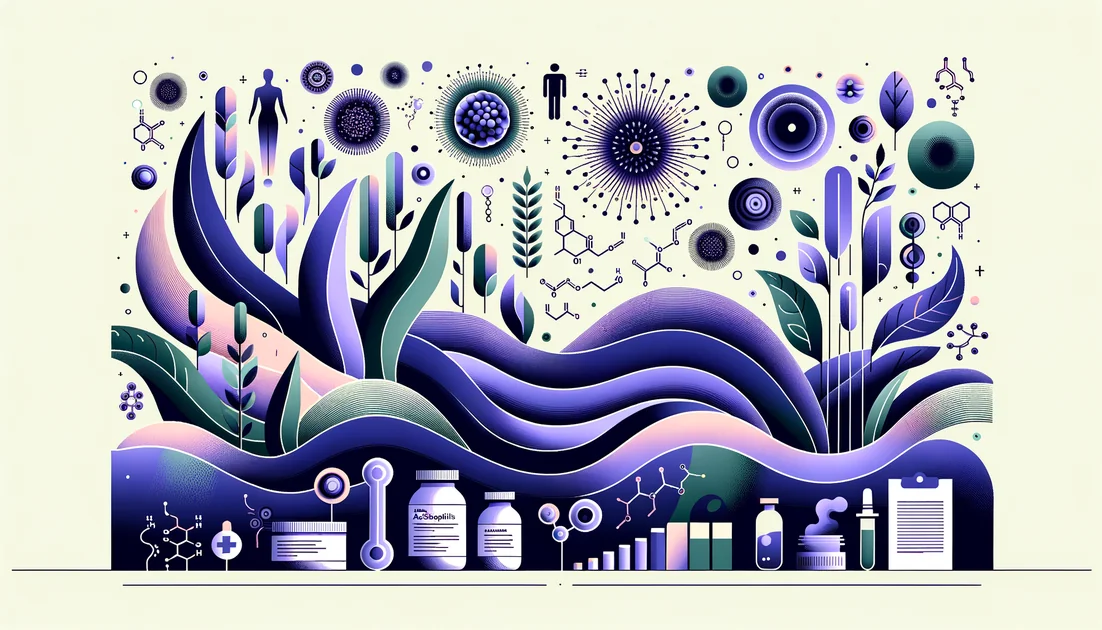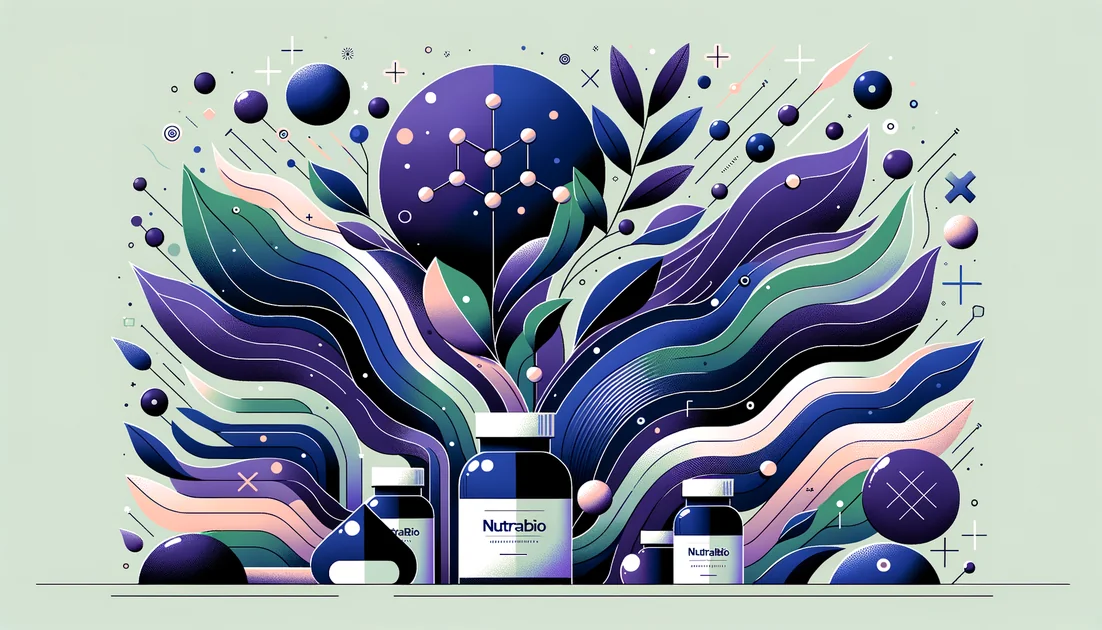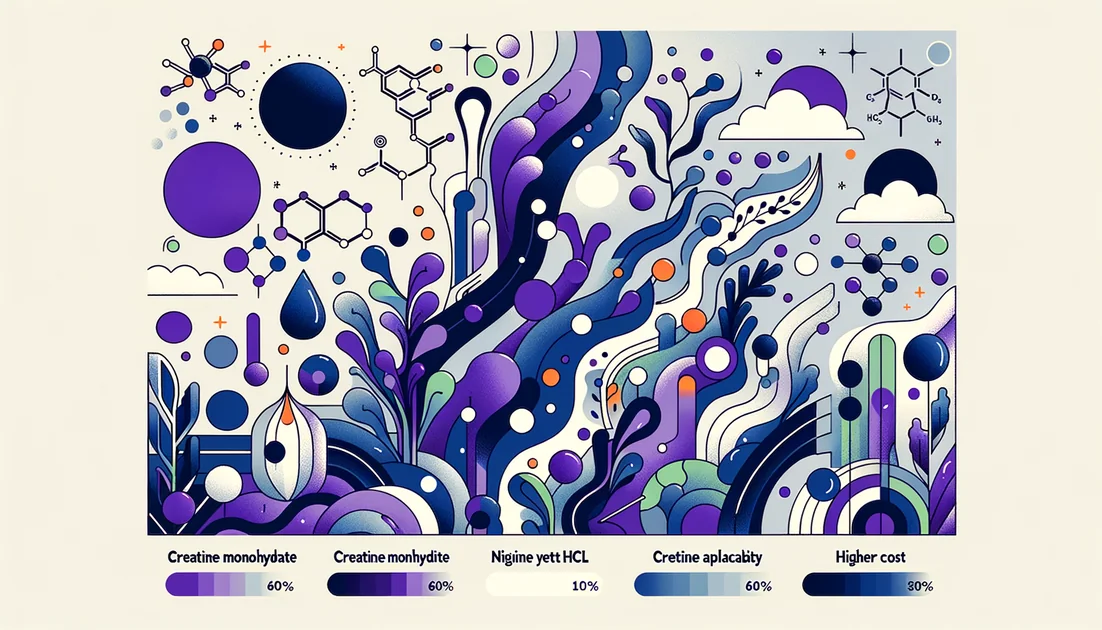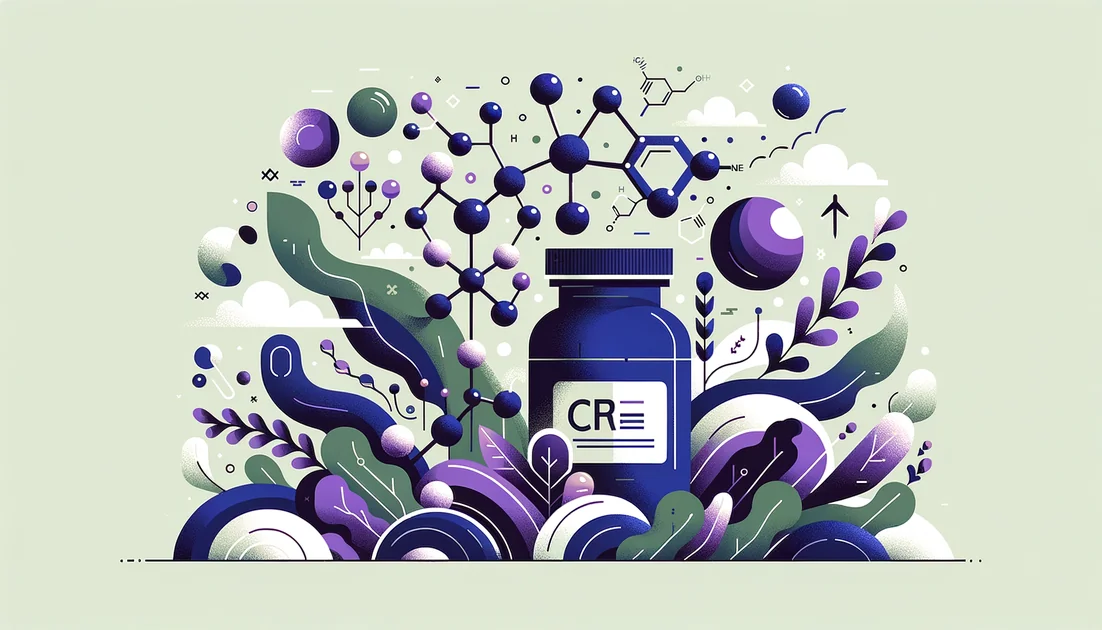
The Acid-Loving Ally: How a Century-Old Milk Microbe Keeps Reinventing Itself
In 1900, a pediatrician peered into an infant's diaper and changed nutrition history. Ernst Moro's "acid-loving" bacterium—now called Lactobacillus acidophilus—would jump from lab benches to grocery shelves, fuel a fad for "acidophilus milk," and later reemerge as a precision tool in clinical trials and even vaccine research. The twist? Its benefits were never one-size-fits-all; they depended on the exact strain—and sometimes on whether the cell walls were gently broken like a soft-boiled egg.
- Evidence
- Promising
- Immediate Effect
- Sometimes (lactose digestion with fermented yogurt; post-procedure comfort within days). → 4–6 weeks for IBS and many digestive outcomes.
- Wears Off
- Often within 2–4 weeks after stopping, as benefits generally require ongoing intake.
A microbe with a paper trail
When Ernst Moro first described "Bacillus acidophilus" from infant stools in 1900, he placed a marker at the very beginning of gut microbiology's human story. Later taxonomists moved the species into the Lactobacillus genus and formalized the name, but the idea was already loose in the world: a native, milk-friendly organism might nudge health in our favor. [2][1] By the 1920s–30s, acidophilus milk swept through clinics and dairies. Advertisements promised regularity and vigor; scientists debated whether these cultures could take up residence in the adult gut. A 1922 paper in JAMA captured both the excitement and the tussle with competing infant flora (bifidobacteria): the story of L. acidophilus was already part science, part social phenomenon. [3]
The first plot twist: what's in a name?
The species' popularity outpaced our tools for telling look-alike lactobacilli apart. A century later, historians of microbiology would call L. acidophilus's journey "a tale of revisionary taxonomy, misidentification and commercial success." Translation: some products called "acidophilus" weren't the same organism researchers were studying. Modern genetics has largely cleaned this up, but it left a crucial lesson in its wake: strain matters. [4] Probiotic scientists now insist on the full three-part name—genus, species, strain—because different strains can behave like different "breeds" of the same animal. As ISAPP's educational materials put it, "not all probiotic products are the same," and benefits depend on the exact microbe tested. [13][14] Or, in Mary Ellen Sanders' words, "different strains of even the same species can have a different effect on the body." [15]
The second twist: sometimes the shell has to crack
One reason early "sweet acidophilus milk" disappointed lactose-intolerant drinkers is surprisingly physical. L. acidophilus keeps most of its lactose-digesting enzyme (lactase) inside the cell. In a classic experiment, simply adding live cells to milk didn't improve lactose digestion—but disrupting the cells (sonication) did, because it released the enzyme. In other words, the tiny toolbox had to be opened. [5] Modern trials add nuance. A crossover RCT of the DDS-1 strain found fewer lactose-challenge symptoms after four weeks—likely a mix of enzyme effects and changes in how the colon ferments leftovers. [6] In the real world, fermented dairy like yogurt can provide immediate help because bacteria pre-digest some lactose before you take a bite. [5]
From the clinic: pain, procedures, and prevention
Irritable bowel syndrome: In a 330-person RCT, L. acidophilus DDS-1 (10 billion CFU/day) reduced abdominal pain and improved overall IBS symptom scores over six weeks versus placebo. Notably, stool consistency also normalized. [7] A different strain, NCFM, in a large triple-blind trial did not beat placebo on the primary IBS score—an honest reminder that strain and context matter—though subgroup analyses hinted at pain benefits for those starting with worse pain. [8]
A curious pain pathway: In patients with functional abdominal pain, NCFM increased the gut's own "brakes" on pain—the mu-opioid receptors—in colonic tissue, a biological breadcrumb that helps explain why some people feel better even when colonization is fleeting. Think of it as tapping into the body's dimmer switch for gut pain. [9]
After colonoscopy: When the bowel prep scrambles your microbiota, symptoms can linger. In a randomized trial, patients taking NCFM with B. lactis Bi-07 had fewer days of post-procedure pain than placebo (about two vs nearly three days). [10]
Vaginal ecology: The vagina is a Lactobacillus stronghold. In women with recurrent bacterial vaginosis, a short course of vaginal capsules containing L. acidophilus plus other lactobacilli reduced recurrences for months compared with placebo. [11] Earlier work suggested that daily yogurt with live L. acidophilus reduced recurrent Candida infections—an early, memorable translation of "eat bacteria" into tangible benefit. [12]
How does it pull this off?
Picture L. acidophilus as a diplomat wearing a crystalline coat. Its surface layer protein (SlpA) is a repeating shield that docks with immune sentinels and can tilt responses toward calm. In elegant human and cell studies, the SlpA "coat" of NCFM engages dendritic cell receptors and favors IL-10—your immune system's cool-headed counselor—over full-alarm cytokines. [17] This coat has inspired bioengineers. Teams have fused antigens onto the S-layer "tiles" so the bacterium wears them like badges; in animals, these decorated acidophili have triggered protective mucosal antibodies. Structural biologists recently mapped S-layer architecture at atomic resolution, giving designers a blueprint to build steadier, smarter versions for vaccines or anti-inflammatory therapies. [18][19]
Voices from the field
"Different strains of even the same species can have a different effect on the body." — Mary Ellen Sanders, ISAPP [15]
"Our laboratory banner is 'get cultured – eat bacteria.'" — Todd R. Klaenhammer, National Academy of Sciences member and L. acidophilus pioneer [16]
Using it well (and safely)
What works in studies? Doses matched to evidence:
IBS: DDS-1 at 10 billion CFU/day for 6 weeks improved pain and global symptoms. [7]
Lactose intolerance: DDS-1 once daily for 4 weeks reduced acute lactose-challenge symptoms. Fermented yogurt can help immediately by pre-digesting lactose. [6][5]
Post-colonoscopy discomfort: NCFM with B. lactis Bi-07 reduced pain days over two weeks. [10]
Recurrent BV: Vaginal capsules with L. acidophilus plus other lactobacilli reduced recurrences over months. [11]
For survival, timing helps. In vitro models show more lactobacilli survive stomach acid when taken with food—especially a meal containing some fat—than on an empty stomach. Consider taking non–enteric-coated products with meals. [23][24] Safety is excellent for most healthy people, but be precise with risks. If you are severely immunocompromised or have a short-bowel syndrome, rare bloodstream infections or D-lactic acidosis have been reported, sometimes linked to lactobacilli including L. acidophilus; this is a conversation to have with your clinician, not a DIY experiment. [20][21][22]
Where this is going
A century after Moro's observation, L. acidophilus is both humbler and more ambitious. Humble, because the science now insists on naming exact strains and benefits—no more blanket promises. Ambitious, because its crystalline coat is being repurposed as a living delivery truck for vaccines and anti-inflammatory cues, guided by atomic-level maps. [13][18][19] Élie Metchnikoff once romanticized sour milk as a balm for modern life. He wasn't entirely wrong—he just lacked the strain-level vocabulary. Today, if you picture L. acidophilus not as a magic bullet but as a set of carefully labeled tools, you won't be disappointed. Choose the right tool, use it for long enough, and—like many good tools—it works best when you know what job you're asking it to do.
Key takeaways
- •From fad to precision: early "acidophilus milk" hype gave way to strain-named, outcome-specific uses in modern trials.
- •Evidence highlights: DDS-1 improved IBS pain and global symptoms over 6 weeks, while NCFM showed mixed results overall but pain-related signals in subgroups.
- •Mechanism clue: in functional abdominal pain, NCFM increased colonic mu-opioid receptor expression, suggesting a gut-based pain-modulating pathway.
- •Practical use: match strain and dose to data (e.g., DDS-1 ~10B CFU/day for 6 weeks in IBS); check labels for strain names like DDS-1 or NCFM.
- •Timing tip: take non–enteric-coated probiotics with a meal—ideally with some fat—to help more bacteria survive stomach acid.
- •Who and cautions: useful for IBS pain, lactose intolerance, BV prevention (vaginal use), and short post-colonoscopy trials; avoid or seek medical advice if severely immunocompromised or with short-bowel syndrome due to rare risks.
You might also like
Explore more of our evidence-led investigations, comparisons, and guides across every article style.

NutraBio
NutraBio: The Transparency Standard—with Prices That Mostly Add Up

Creatine Monohydrate (CM) vs Creatine Hydrochloride (Cr-HCl)
For most people, choose Creatine Monohydrate for proven results, simple dosing, and best value. Consider Creatine HCL only if you consistently get GI upset from CM and are willing to pay more; it hasn't shown better outcomes in trials. [1][2][4][5]

Best for muscle growth
Creatine monohydrate: 3–5 g daily

Colloidal Silver
A century ago, a single drop of silver in a newborn's eye could mean the difference between sight and blindness. Today, the same metal is bottled and sold online as a cure-all—yet the science tells a very different story.

Memory Stack With Real Clinical Data
Dual-core, theoretical synergy: both work on their own; together looks additive with plausible complementarity, but no direct human A+B head-to-head proof yet.

Tocotrienols
The stealthier cousins of vitamin E—built with springy tails that move differently in cell membranes and behave differently in your body.


